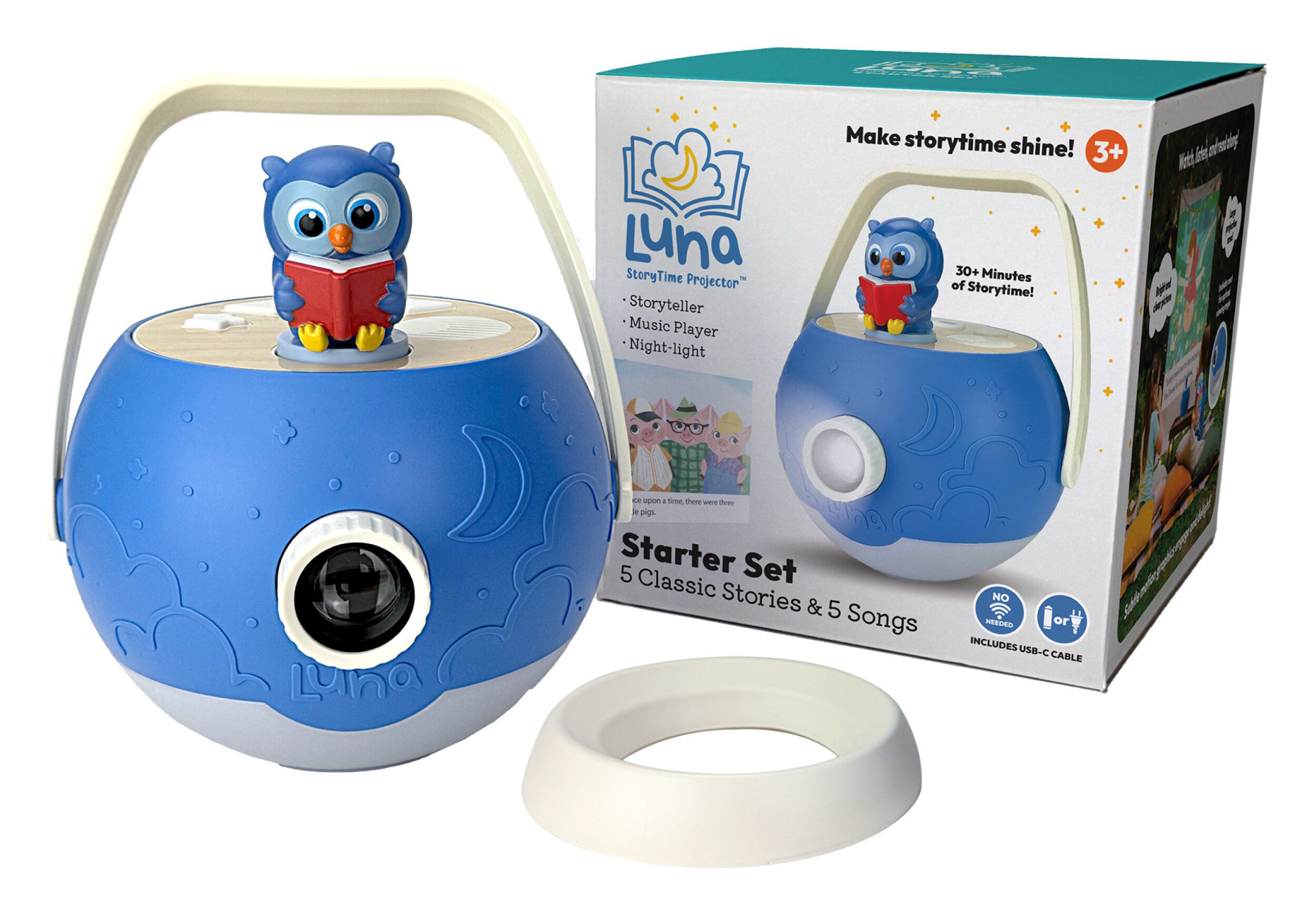When it’s time to upgrade your phone, you should try to recycle the old one. After all, if you can’t sell it, the next best thing is to have its parts be made into a new model, right? But who takes care of disassembling the old phone? Well, if you have an iPhone, her name is Daisy.

Daisy the Robot is Apple’s way of taking apart old iPhones to recycle the materials and components inside. She is the successor to Liam, a similar recycling bot unveiled in 2016. Funnily enough, Daisy uses some of Liam’s old parts, making her a recycled recycling robot. She was announced on April 19, 2018 alongside a short-term program called GiveBack as an Earth Day promotion.
Daisy knows how to disassemble nine different models of iPhones, separating parts and components as she goes. She can take apart up to 200 phones in an hour. In the official press release from Apple, she was described as “the most efficient way to reclaim more of valuable materials stored in iPhone[s]. Created through years of R&D, Daisy incorporates revolutionary technology… so that Apple can recover materials that traditional recyclers can’t- and a higher quality.”
The GiveBack program, while no longer available, was directly tied into Daisy’s purpose. iPhone customers could turn in their devices to be recycled or traded in through either the Apple website or their brick-and-mortar stores. A donation to Conservation International was made for each phone turned in through the program. Of course, you can still bring in your iPhone for trade-in/recycling, but now no donation will be made.

Lisa P. Jackson, Apple’s VP of environment, policy, and social initiative, told Popular Science “it doesn’t make sense to recycle a phone the same way we recycle cars or a toaster.” It’s a logical stance: if one part of a phone is broken, the rest may still work. For example, a cracked screen may warrant a trade-in, but the microchips and other components are still perfectly usable. On the other hand, when a toaster breaks, it’s almost certainly, well, toast.
For other recycling processes, there are essentially two steps: shredding and smelting. “The glass is crushed, the aluminum is sold into the scrap aluminum market, and the rest is shredded into this pile of plastics and metals,” says Jackson. “It has some value, but not a particularly high level. It’s not going back into an electronic.”
When a phone is brought to Daisy, though, it goes through four distinct steps. The first is realigning the case (if it is bent) and then removing the screen. The screen is dropped into a bin and the rest of the phone moves on to battery removal. A blast of -80-degree Celsius air freezes the battery and it’s knocked out into another bucket. Third is the punching station, tasked with freeing the screws holding the phone together. The number of punches required can reach up to 54 for more durable models. Finally, the remains of the phone are shaken to free any pieces disturbed, and then the main components are ejected. The case falls into one of three buckets, a literal shell of its former self.
While there are only a few Daisy models at work right now, it’s likely she’ll soon have a place at most Apple facilities. She may be a bit slower than her predecessor (Liam could process 300 phones an hour), but she’s more diverse with handling nine separate makes. She also prevents buildup in landfills and higher prices on future iPhone models, which really should be a bigger deal than it already is. Aren’t those things expensive enough?







